Find Help
More Items From Ergsy search
-

Peritoneal Dialysis - Information Video
Relevance: 100%
-
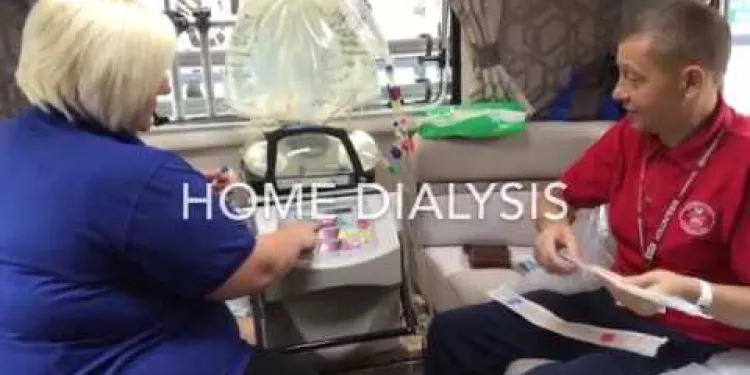
Home dialysis help for kidney patients
Relevance: 58%
-

Is dialysis used in methanol poisoning cases?
Relevance: 53%
-

Chronic kidney disease: What are the treatments?
Relevance: 31%
-
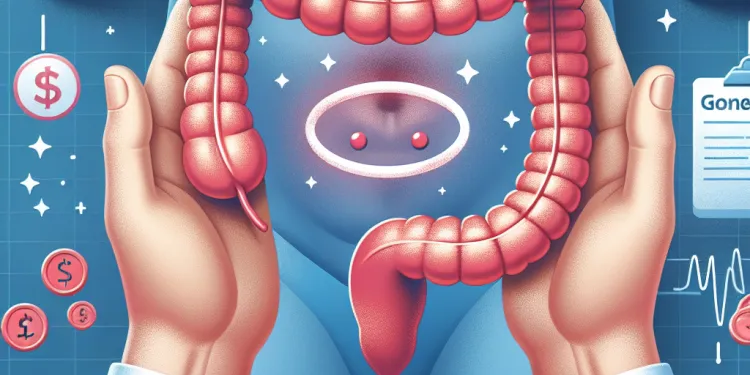
What happens if appendicitis is left untreated?
Relevance: 21%
-

What are the potential complications of appendicitis?
Relevance: 18%
-

Matthew's Story: Kidney Transplant - Part 1
Relevance: 17%
-

Home Haemodialysis - Donna's story
Relevance: 15%
-

What is the treatment for appendicitis?
Relevance: 10%
-

Is appendicitis hereditary?
Relevance: 10%
-

What causes appendicitis?
Relevance: 10%
-
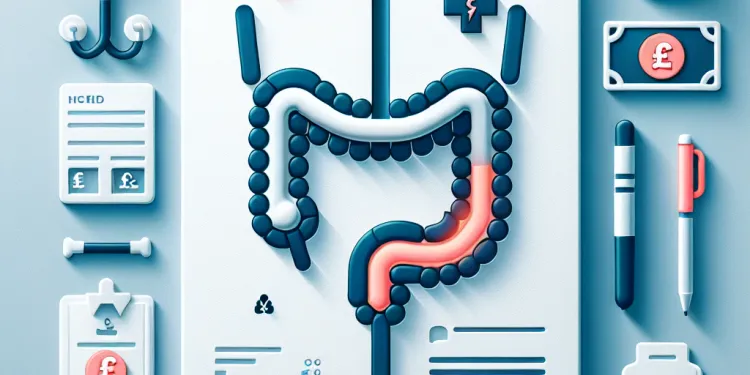
What is Appendicitis?
Relevance: 10%
-

Can appendicitis go away on its own?
Relevance: 10%
-
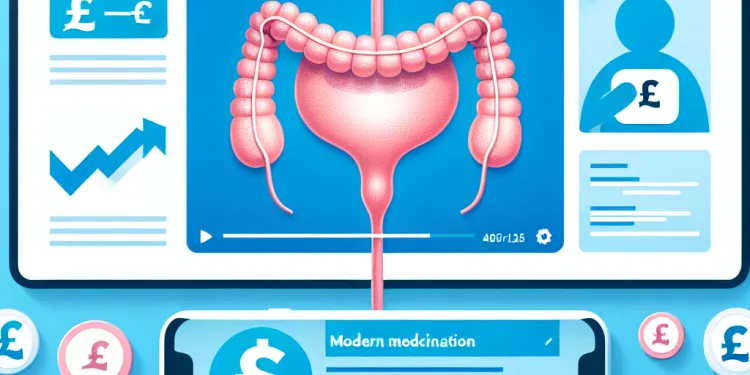
Can you live without an appendix?
Relevance: 10%
-
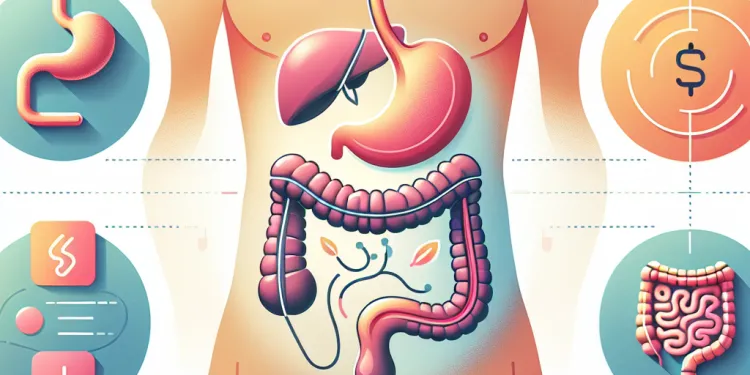
How is appendicitis different from other causes of abdominal pain?
Relevance: 9%
-

Mesothelioma
Relevance: 9%
-

Blood Poisoning - Sepsis
Relevance: 7%
-

Kidney transplant waiting stories – DJ Ace and Lauren | NHS Organ Donation
Relevance: 7%
-
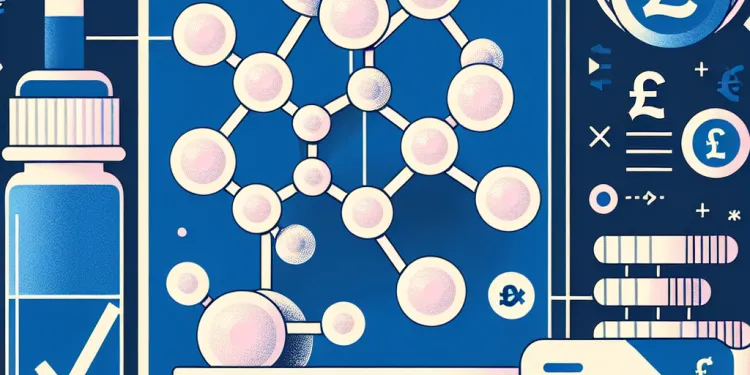
What is fomepizole and how does it work?
Relevance: 7%
-

Mesothelioma
Relevance: 7%
-

Can methanol poisoning be treated?
Relevance: 6%
-

What is methanol poisoning?
Relevance: 6%
-

Can Baxdrostat be used in patients with renal impairment?
Relevance: 6%
-

Patient Stories - Having a kidney transplant
Relevance: 6%
-

Where is the pain located when you have appendicitis?
Relevance: 6%
-

What are the symptoms of methanol poisoning?
Relevance: 6%
-

What complications are associated with Type 2 Diabetes?
Relevance: 6%
-

What should you do if you suspect methanol poisoning?
Relevance: 6%
-

What first aid measures can be taken in case of methanol exposure?
Relevance: 6%
-

What are the risks of having high blood pressure?
Relevance: 6%
-

Can high blood pressure lead to other health problems?
Relevance: 6%
-

How soon should you see a doctor if you suspect appendicitis?
Relevance: 4%
-

How does methanol poisoning differ from ethanol poisoning?
Relevance: 4%
-
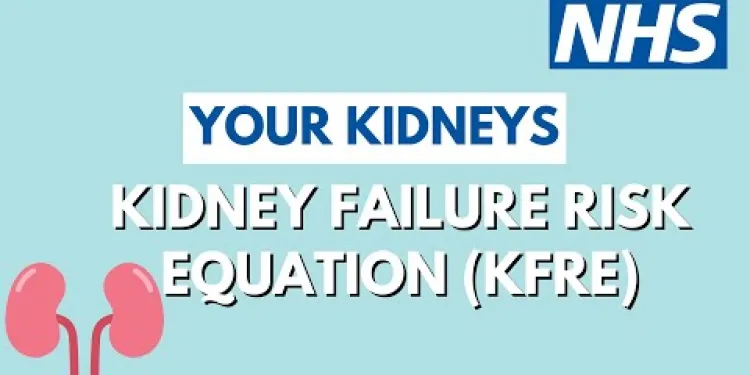
What is my risk of kidney failure with CKD (chronic kidney disease) | UHL NHS Trust
Relevance: 3%
-
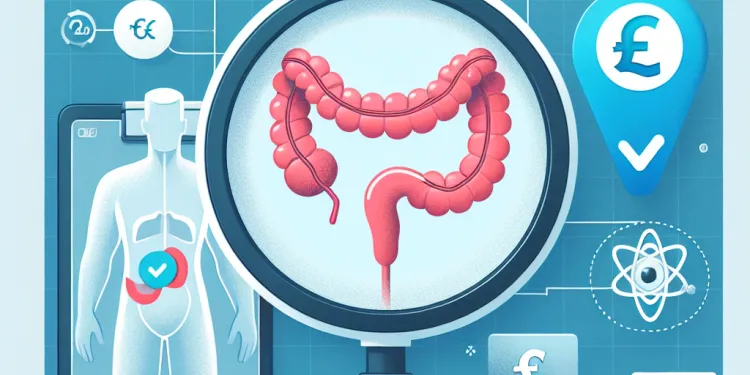
How is appendicitis diagnosed?
Relevance: 3%
-

What causes chronic kidney disease?
Relevance: 3%
-
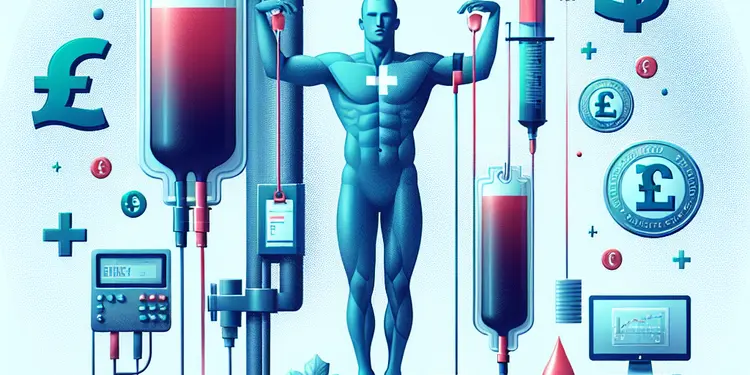
Can someone have a reaction to a mismatched blood transfusion?
Relevance: 3%
-

Diverticular Nov 2021
Relevance: 3%
-

Can appendicitis occur more than once?
Relevance: 3%
-

What is the likelihood of needing surgery for suspected appendicitis?
Relevance: 3%
Introduction to Peritoneal Dialysis
Peritoneal Dialysis (PD) is a treatment for patients with kidney failure that uses the lining of your abdomen, or belly, to filter your blood inside your body. This is different from haemodialysis, which filters your blood outside your body using a machine. PD can be carried out at home, at work or even while travelling, making it a flexible option for many people.
How Does Peritoneal Dialysis Work?
Peritoneal Dialysis works by using a dialysis solution, also known as dialysate, to clean your blood. The dialysis solution is a sterile, glucose-based fluid that is introduced into the peritoneal cavity – the space within the abdomen that houses the intestines and other organs. The peritoneal membrane acts as a natural filter, allowing waste products and excess fluids to pass from the blood into the dialysis solution. After a set dwell time, the used solution is drained and replaced with fresh dialysate.
Types of Peritoneal Dialysis
There are two main types of Peritoneal Dialysis:
- Continuous Ambulatory Peritoneal Dialysis (CAPD): This is done manually using gravity to introduce and drain the dialysis solution. It usually requires four to five daily exchanges, but it can be performed anywhere.
- Automated Peritoneal Dialysis (APD): This uses a machine called a cycler to perform multiple exchanges, typically while you sleep. APD is often preferred due to its convenience and reduced daytime disruptions.
Benefits of Peritoneal Dialysis
Peritoneal Dialysis offers several advantages, including greater flexibility and independence compared to haemodialysis. Many patients report a better quality of life as it allows them to maintain a normal daily routine. PD can also offer more stable blood chemistry and fluid levels since it's done more continuously.
Considerations and Risks
While PD is an effective treatment for many people, it may not be suitable for everyone. Some potential risks include infections such as peritonitis, hernias, and the efficiency of the dialysis may decrease over time. It's important to undergo regular medical reviews and follow your healthcare provider's advice closely.
Support and Resources in the UK
In the UK, the NHS provides comprehensive support for patients undergoing Peritoneal Dialysis. You will be supported by a multi-disciplinary team including nephrologists, nurses, and dietitians. Additionally, organisations such as Kidney Care UK and the National Kidney Federation offer valuable resources and community support.
What is Peritoneal Dialysis?
Peritoneal Dialysis, or PD, is a way to help people whose kidneys do not work well. It uses the inside of your belly to clean your blood. This is different from another method, called haemodialysis, which uses a machine outside the body. You can do PD at home, at work, or even on holiday. It is a flexible treatment.
How Does Peritoneal Dialysis Work?
PD works using a special liquid called dialysis solution, or dialysate, to clean your blood. This liquid goes inside your belly, which acts like a filter. Waste and extra water from your blood move into the liquid. After a while, you drain out the old liquid and put in new liquid.
Types of Peritoneal Dialysis
There are two main types:
- Continuous Ambulatory Peritoneal Dialysis (CAPD): You do this by hand, using gravity to move the liquid. You do it four to five times a day, but you can do it anywhere.
- Automated Peritoneal Dialysis (APD): This uses a machine called a cycler. It does the work while you sleep, which makes it easier to do during the day.
Benefits of Peritoneal Dialysis
PD helps people have more freedom compared to haemodialysis. Many people say it helps them keep doing their usual activities. It also helps keep your blood and water levels more balanced, as you do it more often.
Things to Remember and Risks
PD works well for many people, but not everyone. Some problems can happen, like infections or hernias. The dialysis might not work as well over time. You should have check-ups with your doctor and follow their advice.
Help and Support in the UK
In the UK, the NHS gives support to people on PD. You will have a healthcare team, including doctors and nurses, to help you. Groups like Kidney Care UK and the National Kidney Federation also provide help and information.
Frequently Asked Questions
What is Peritoneal Dialysis (PD)?
Peritoneal Dialysis (PD) is a treatment for kidney failure that uses the lining of your abdominal cavity, the peritoneum, to filter waste and excess fluid from the blood.
How does Peritoneal Dialysis work?
PD involves filling the abdominal cavity with a dialysis solution through a catheter. The solution absorbs waste and excess fluids through the peritoneum and is then drained away.
What are the types of Peritoneal Dialysis?
There are two main types: Continuous Ambulatory Peritoneal Dialysis (CAPD) and Automated Peritoneal Dialysis (APD). CAPD is done manually throughout the day, while APD uses a machine to perform exchanges at night.
How often do I need to perform Peritoneal Dialysis?
The frequency depends on the type of PD. CAPD usually requires 4-5 exchanges per day, while APD typically runs overnight, taking around 8-10 hours.
Can I perform Peritoneal Dialysis at home?
Yes, one of the benefits of PD is that it can be performed at home, providing more flexibility and independence compared to in-centre haemodialysis.
What supplies are needed for Peritoneal Dialysis?
You will need a catheter, dialysis solution, and sterile supplies for connecting and disconnecting the dialysis solution. For APD, a cycler machine is also required.
What are the risks associated with Peritoneal Dialysis?
Some potential risks include infection (peritonitis), hernias, and catheter-related complications. It’s important to follow strict hygiene protocols to minimise these risks.
How do I prevent infections while on Peritoneal Dialysis?
Maintain a strict hygiene regimen, including washing your hands thoroughly before touching the catheter and keeping the exit site clean and dry.
Can I travel while on Peritoneal Dialysis?
Yes, you can travel while on PD. Make arrangements in advance to have supplies shipped to your destination and ensure you have a clean and safe environment to perform exchanges.
What dietary changes do I need to make on Peritoneal Dialysis?
Dietary changes may include controlling fluid intake, limiting potassium, phosphorus, and sodium, and ensuring adequate protein intake. A dietitian can provide personalised advice.
Can I exercise while on Peritoneal Dialysis?
Yes, regular exercise is encouraged to maintain overall health, but it’s advisable to avoid activities that put excessive strain on the abdomen. Consult your healthcare provider for specific recommendations.
How will Peritoneal Dialysis affect my daily routine?
PD allows for more flexibility in your schedule compared to in-centre dialysis. You can perform exchanges around your daily activities and usually don't need to visit a dialysis centre regularly.
Will I feel pain during Peritoneal Dialysis?
You should not feel pain during the procedure. However, if you experience discomfort or pain, it is important to contact your healthcare provider immediately.
How do I store Peritoneal Dialysis supplies?
Store supplies in a clean, dry, and cool place. Make sure that the area is free from pests and contaminants to prevent infections.
What are the long-term outcomes of Peritoneal Dialysis?
Many patients have successfully managed their kidney failure with PD for years. Regular follow-ups with your healthcare team are essential to monitor your health and make any necessary adjustments.
What is Peritoneal Dialysis (PD)?
Peritoneal Dialysis, or PD, is a way to clean your blood without going to the hospital. It helps when your kidneys are not working well.
What happens during PD?
A special liquid goes into your belly. This liquid takes out bad stuff from your blood. Then, you let the liquid out.
Helpful tools:
- You can use pictures to understand how PD works.
- Ask a nurse or a doctor to show you how it is done.
- Use simple step-by-step guides with drawings.
Peritoneal Dialysis (PD) is a way to help when kidneys don't work. It uses the inside of your belly, called the peritoneum, to clean waste and extra water from your blood.
How does Peritoneal Dialysis work?
Peritoneal Dialysis is a way to clean the blood inside the body. It helps when kidneys do not work well.
This is how it works:
- A doctor puts a soft tube in the belly. This is called a catheter.
- Special fluid goes through the tube into the belly. This fluid takes out the waste and extra water from the blood.
- After a few hours, the fluid with waste comes out of the belly through the tube.
If you find reading hard, you can try these tips:
- Ask someone to read the text with you.
- Use pictures to help understand.
- Ask questions if you do not understand.
PD is a way to clean the blood. A tube puts a special liquid into the belly. This liquid takes away dirt and extra water. Then the dirty liquid comes out through the tube.
What are the types of Peritoneal Dialysis?
There are different kinds of peritoneal dialysis. They help clean your blood when your kidneys are not working well.
Here are the two main types:
1. Continuous Ambulatory Peritoneal Dialysis (CAPD):
- You can do this by yourself at home.
- You need to do it about 4 times a day.
2. Automated Peritoneal Dialysis (APD):
- A machine helps you do this while you are sleeping at night.
- It is easier because the machine does most of the work.
If you are not sure which type is best, you can talk to your doctor. They can help you choose.
It can help to write notes or use pictures to remember how to do dialysis. Asking for help from family or friends is good too.
There are two main types of dialysis:
1. Continuous Ambulatory Peritoneal Dialysis (CAPD):
- You do this by hand.
- You do it during the day.
2. Automated Peritoneal Dialysis (APD):
- A machine helps you.
- It works at night while you sleep.
If you need help, you can:
- Ask a friend or family member to read with you.
- Use a dictionary to understand hard words.
- Ask a doctor or nurse to explain.
How often do I need to do Peritoneal Dialysis?
Peritoneal Dialysis is a way to clean your blood when your kidneys are not working well. You might have to do it every day. Your doctor will tell you how often is best for you.
Tips to help you:
- Use a calendar or schedule to remember when to do it.
- Ask a family member or friend to help you keep track.
- Speak with your nurse or doctor if you have questions.
How often you do it depends on the type of PD. For CAPD, you usually need to swap the fluid 4-5 times each day. For APD, the machine works while you sleep, and it takes about 8-10 hours.
Can I do Peritoneal Dialysis at home?
Yes, you can do Peritoneal Dialysis at home. A nurse will teach you how. You will need special equipment. You will learn how to use it safely. It is important to follow all the steps carefully.
If you have trouble understanding, ask for help. You can use pictures to remember the steps. Writing down each step can also help you.
Yes, you can do PD at home. This gives you more freedom than going to a centre for haemodialysis.
If you find the words tricky, you can use a helper tool like a dictionary or ask someone to explain. You could also use text-to-speech tools to hear the words read aloud.
What do you need for Peritoneal Dialysis?
Peritoneal Dialysis is a way to clean your blood. Here is a list of things you need:
- Dialysis fluid: This is a special liquid that helps clean your blood.
- Catheter: A soft tube that goes in your belly to help move the fluid in and out.
- Clean area: A tidy space to do the treatment.
- Soap and water: To wash your hands before you start.
- Face mask: To keep germs away during the treatment.
You may want to use a picture chart to help remember these items. You can also ask someone to help you get ready.
You will need a tube called a catheter. You will also need special liquid for cleaning your blood. You need clean supplies to connect and take away the liquid. For APD, you need a machine called a cycler.
What might happen with Peritoneal Dialysis?
Peritoneal Dialysis helps clean your blood when your kidneys do not work well.
Here are some things that could go wrong:
- You might get an infection called peritonitis.
- You could feel bloated or full.
- The tube in your belly might move or block.
- There might be a problem with the fluid used in dialysis.
- You could feel tired or weak.
Ask your doctor or nurse if you have worries.
Tools that can help:
- Pictures or videos explaining dialysis.
- Someone to talk with about your feelings.
There are some things to watch out for. You might get an infection, which is a sickness that can happen inside your tummy. This is called "peritonitis." You could also get a hernia, which is a lump in your tummy, or have problems with the tube used for your treatment. To stay safe, make sure to keep everything very clean and follow the rules for hygiene.
If you're finding it hard to remember the steps for staying clean, you can use reminder notes or ask someone you trust to help you. There are also apps or checklists that can be useful to make sure you’re doing everything right.
How can I stop infections during Peritoneal Dialysis?
Here are some simple steps to help keep you safe:
- Wash your hands well with soap and water before touching your tube.
- Keep the area around your tube clean and dry.
- Wear clean gloves when handling your tube.
- Be careful not to pull or tug the tube.
If you feel sick or see redness or pus, tell your doctor or nurse right away.
Keep everything very clean. Wash your hands carefully before you touch the catheter. Make sure the place where the catheter comes out of your body is clean and dry.
Can I Travel While on Peritoneal Dialysis?
Yes, you can travel if you are on peritoneal dialysis. Here are some tips to help you:
- Plan Ahead: Talk to your doctor about your travel plans. They can help you plan your dialysis while you are away.
- Pack Supplies: Make sure to pack all the supplies you need for your dialysis treatments. You might need extra supplies in case of delays.
- Contact Local Clinics: Find out where the nearest clinics are in case you need help when you are traveling.
- Have a Schedule: Keep your dialysis schedule with you so you know when to do your treatments.
These tips can help you travel safely. Tools like calendars, alarms, or travel checklists can be useful to remember your dialysis schedule and supplies.
Yes, you can travel while on PD. Plan ahead to get your supplies sent to where you are going. Make sure you have a clean and safe place to do your treatment.
What should I eat when on Peritoneal Dialysis?
If you're on Peritoneal Dialysis, here are some things to remember about eating:
- Eat Protein: Try to eat foods with protein like chicken, fish, or eggs. Protein helps your body stay strong.
- Watch the Salt: Too much salt can be bad. Try to eat less salty foods like chips or pizza.
- Drink the Right Amount: It’s important to drink, but not too much. Your doctor will tell you how much is right for you.
- Check Blood Sugar: If you have diabetes, check your blood sugar often and follow your doctor’s advice.
If you're unsure, talk to your doctor or a dietitian. They can help you make a meal plan.
Changing what you eat can help. You might need to drink less water, eat less salt, and eat less of some things like bananas and potatoes. It is important to eat enough protein, like meat, eggs, or beans. A food expert, called a dietitian, can help you know what to eat.
Can I exercise while on Peritoneal Dialysis?
It's good to stay active. Yes, you can do some exercise while on Peritoneal Dialysis. But it is important to ask your doctor first. They can tell you the best exercises for you.
Try to do easy exercises. Walking or stretching can be nice and gentle. Listen to your body. Stop if you feel tired or in pain.
Here are some tips that can help:
- Start slow and easy.
- Drink water to stay hydrated.
- Do the exercises you enjoy.
- Ask a friend or family member to join you.
Remember, keeping active is good for your body and it can make you feel happier too.
Exercise is good for keeping healthy. But don't do activities that are hard on your tummy. Ask your doctor what exercises are safe for you.
How will Peritoneal Dialysis change my day-to-day life?
Peritoneal Dialysis is a treatment for people whose kidneys do not work properly.
This treatment may change your daily routine a little bit:
- You will need to do the dialysis at home. This might be during the day or at night while you sleep.
- It is important to keep everything clean to stay healthy.
- You will need some space at home for the equipment and supplies.
- Plan your day around the times you need to do dialysis.
- You might need to visit the doctor to check that everything is working well.
Here are some tips to help:
- Use a calendar to remember when to do dialysis.
- Ask a nurse or doctor for help if you are unsure about anything.
- Tell your family or friends about your treatment so they can support you.
PD can give you more freedom with your schedule. You can do your treatments at home, which means you can fit them around your daily activities. You usually don’t have to go to a dialysis centre all the time.
Will it hurt during Peritoneal Dialysis?
You should not feel pain during the procedure. But if you do feel pain or feel uncomfortable, tell your doctor or nurse right away.
How do I store Peritoneal Dialysis supplies?
Here is how you can keep your Peritoneal Dialysis supplies safe:
- Keep supplies in a clean, dry place.
- Make sure rats or bugs cannot get to them.
- Keep away from sunlight and heat.
- Check use-by dates on supplies.
- Use a calendar to track supply needs.
If you need help, you can:
- Ask a nurse or doctor.
- Use a checklist to remember steps.
- Watch videos on how to store supplies online.
Keep your things in a clean, dry, and cool spot. Make sure no bugs or dirt are around to keep everything safe and clean.
What happens after using Peritoneal Dialysis for a long time?
Peritoneal Dialysis is a way to clean the blood. It helps when kidneys do not work well. But what happens if you use it for a long time? This is what we want to know.
Here are some things to think about:
- Is the treatment still working well?
- Are there any side effects or problems?
- How does it make you feel?
- Is it still easy to do at home?
If you need help, ask a doctor or nurse. They can explain more.
Lots of people have taken care of their kidneys with PD for a long time. It's important to see your doctor often. They will check if you are healthy and change your care if needed.
Useful Links
- Ergsy carfully checks the information in the videos we provide here.
- Videos shown by Youtube after a video has completed, have NOT been reviewed by ERGSY.
- To view, click the arrow in centre of video.
- Most of the videos you find here will have subtitles and/or closed captions available.
- You may need to turn these on, and choose your preferred language.
- Go to the video you'd like to watch.
- If closed captions (CC) are available, settings will be visible on the bottom right of the video player.
- To turn on Captions, click settings .
- To turn off Captions, click settings again.
More Items From Ergsy search
-

Peritoneal Dialysis - Information Video
Relevance: 100%
-

Home dialysis help for kidney patients
Relevance: 58%
-

Is dialysis used in methanol poisoning cases?
Relevance: 53%
-

Chronic kidney disease: What are the treatments?
Relevance: 31%
-

What happens if appendicitis is left untreated?
Relevance: 21%
-

What are the potential complications of appendicitis?
Relevance: 18%
-

Matthew's Story: Kidney Transplant - Part 1
Relevance: 17%
-

Home Haemodialysis - Donna's story
Relevance: 15%
-

What is the treatment for appendicitis?
Relevance: 10%
-

Is appendicitis hereditary?
Relevance: 10%
-

What causes appendicitis?
Relevance: 10%
-

What is Appendicitis?
Relevance: 10%
-

Can appendicitis go away on its own?
Relevance: 10%
-

Can you live without an appendix?
Relevance: 10%
-

How is appendicitis different from other causes of abdominal pain?
Relevance: 9%
-

Mesothelioma
Relevance: 9%
-

Blood Poisoning - Sepsis
Relevance: 7%
-

Kidney transplant waiting stories – DJ Ace and Lauren | NHS Organ Donation
Relevance: 7%
-

What is fomepizole and how does it work?
Relevance: 7%
-

Mesothelioma
Relevance: 7%
-

Can methanol poisoning be treated?
Relevance: 6%
-

What is methanol poisoning?
Relevance: 6%
-

Can Baxdrostat be used in patients with renal impairment?
Relevance: 6%
-

Patient Stories - Having a kidney transplant
Relevance: 6%
-

Where is the pain located when you have appendicitis?
Relevance: 6%
-

What are the symptoms of methanol poisoning?
Relevance: 6%
-

What complications are associated with Type 2 Diabetes?
Relevance: 6%
-

What should you do if you suspect methanol poisoning?
Relevance: 6%
-

What first aid measures can be taken in case of methanol exposure?
Relevance: 6%
-

What are the risks of having high blood pressure?
Relevance: 6%
-

Can high blood pressure lead to other health problems?
Relevance: 6%
-

How soon should you see a doctor if you suspect appendicitis?
Relevance: 4%
-

How does methanol poisoning differ from ethanol poisoning?
Relevance: 4%
-

What is my risk of kidney failure with CKD (chronic kidney disease) | UHL NHS Trust
Relevance: 3%
-

How is appendicitis diagnosed?
Relevance: 3%
-

What causes chronic kidney disease?
Relevance: 3%
-

Can someone have a reaction to a mismatched blood transfusion?
Relevance: 3%
-

Diverticular Nov 2021
Relevance: 3%
-

Can appendicitis occur more than once?
Relevance: 3%
-

What is the likelihood of needing surgery for suspected appendicitis?
Relevance: 3%


